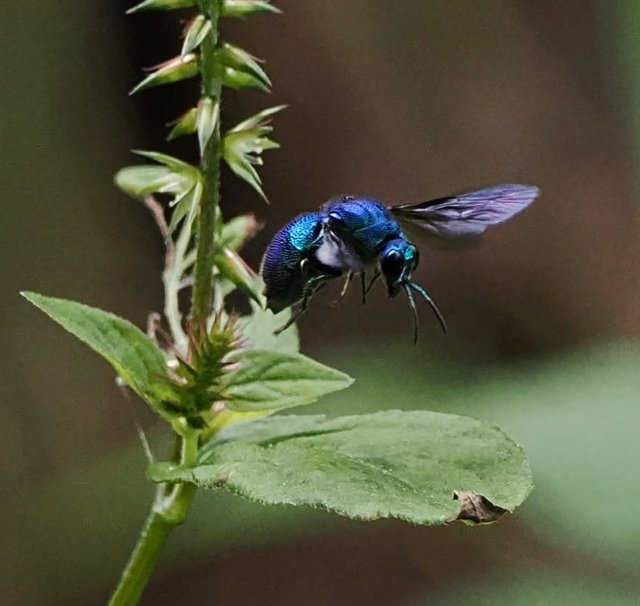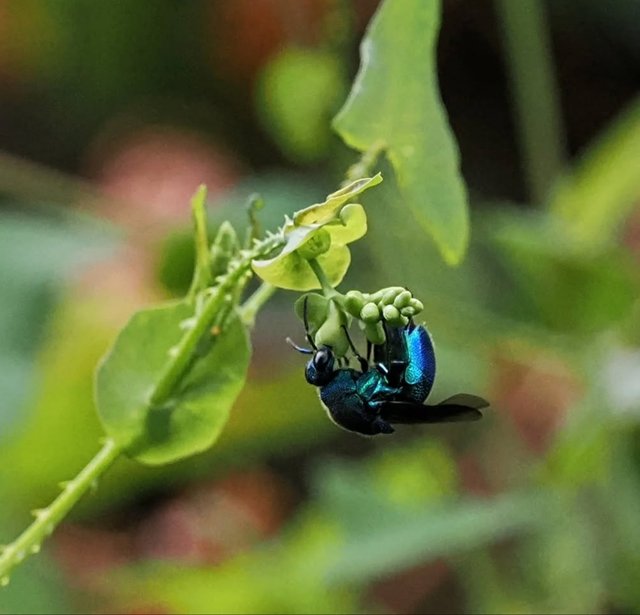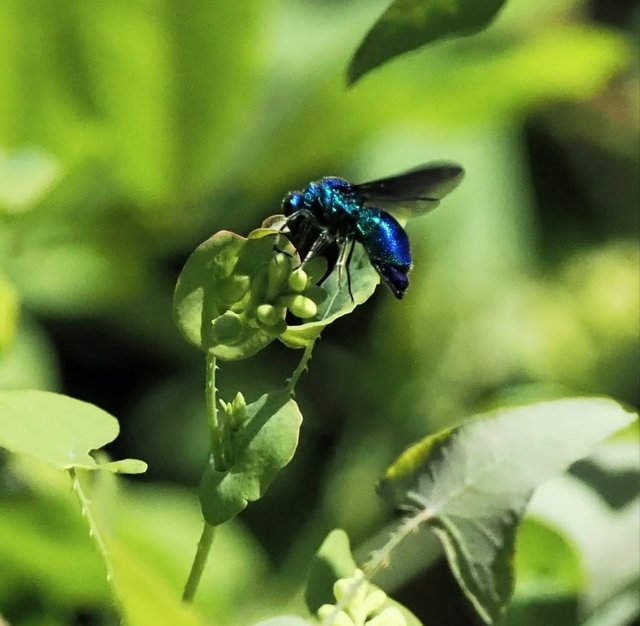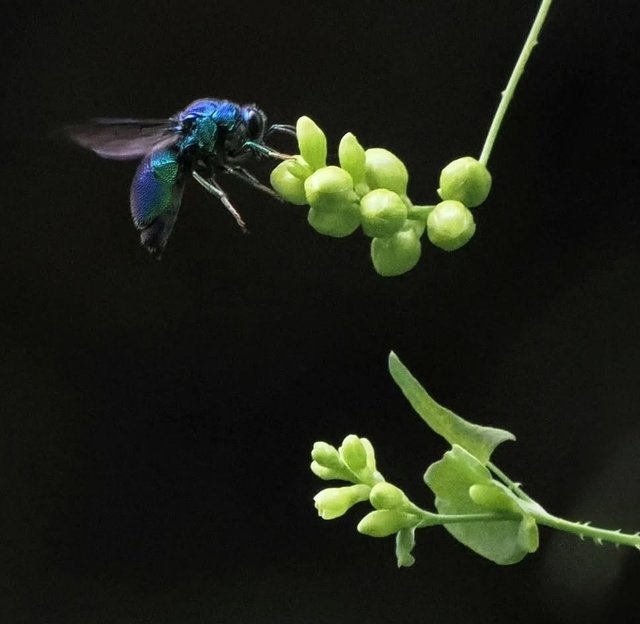So Cute Exaerete Insect
Exaerete is a fascinating and unique genus of orchid bees, belonging to the family Apidae. These bees stand out not only for their dazzling metallic coloration but also for their unusual social and ecological behaviors. Found primarily in Central and South America, Exaerete species play a vital role in tropical ecosystems, yet they differ in significant ways from most other orchid bees.
Striking Appearance
Members of the genus Exaerete are often described as jewel-like in appearance. Their bodies shimmer with brilliant metallic hues, typically in shades of green, blue, or turquoise, making them easy to distinguish from other bees. This iridescence is not just beautiful but also functional, as it may serve in communication, species recognition, or camouflage among the reflective foliage of tropical forests. Their size tends to be relatively large compared to many other bees, giving them a commanding presence in their natural environment.
Parasitic Lifestyle
One of the most remarkable features of Exaerete is their kleptoparasitic behavior. Unlike most bees that collect pollen and nectar to provide food for their offspring, Exaerete females do not build their own nests. Instead, they lay their eggs in the nests of other orchid bees, particularly species of the genera Eulaema and Eufriesea. When the Exaerete larvae hatch, they consume the food provisions intended for the host’s offspring, ultimately outcompeting or killing them. This parasitic strategy has earned them the label of "cuckoo orchid bees," drawing a parallel to cuckoo birds, which use similar tactics in the avian world.
Pollination and Ecological Role
Although females rely on parasitism to reproduce, male Exaerete bees actively contribute to pollination in tropical forests. Like other orchid bees, they are known for collecting fragrant compounds from orchids and other flowers. Males visit orchids to gather volatile scents, which they store in specialized leg pouches. These collected fragrances are thought to play a role in courtship displays, signaling their fitness to potential mates. In doing so, male Exaerete bees inadvertently pollinate orchids, helping to sustain the remarkable biodiversity of tropical ecosystems.
Distribution and Habitat
Exaerete species are native to the Neotropical region, ranging from Mexico through Central America and deep into South America, including Brazil, Ecuador, and Peru. They are commonly found in lowland rainforests, where orchid diversity is high and host bee species are abundant. These environments provide both the resources males need for fragrance collection and suitable nests of host species for females to exploit.
Behavior and Life Cycle
The life cycle of Exaerete is intimately tied to its parasitic strategy. Females must locate active nests of host orchid bees, a task that requires persistence and precise timing. They infiltrate nests when the host female is away and quickly deposit their eggs inside the brood cells. Their larvae then develop undisturbed, consuming the stored pollen and nectar. Despite their parasitic tendencies, Exaerete bees do not appear to significantly reduce host populations, as they are relatively uncommon compared to their hosts.




%20(8).jpeg)